Home>Garden Essentials>What Color Rocks For Landscaping
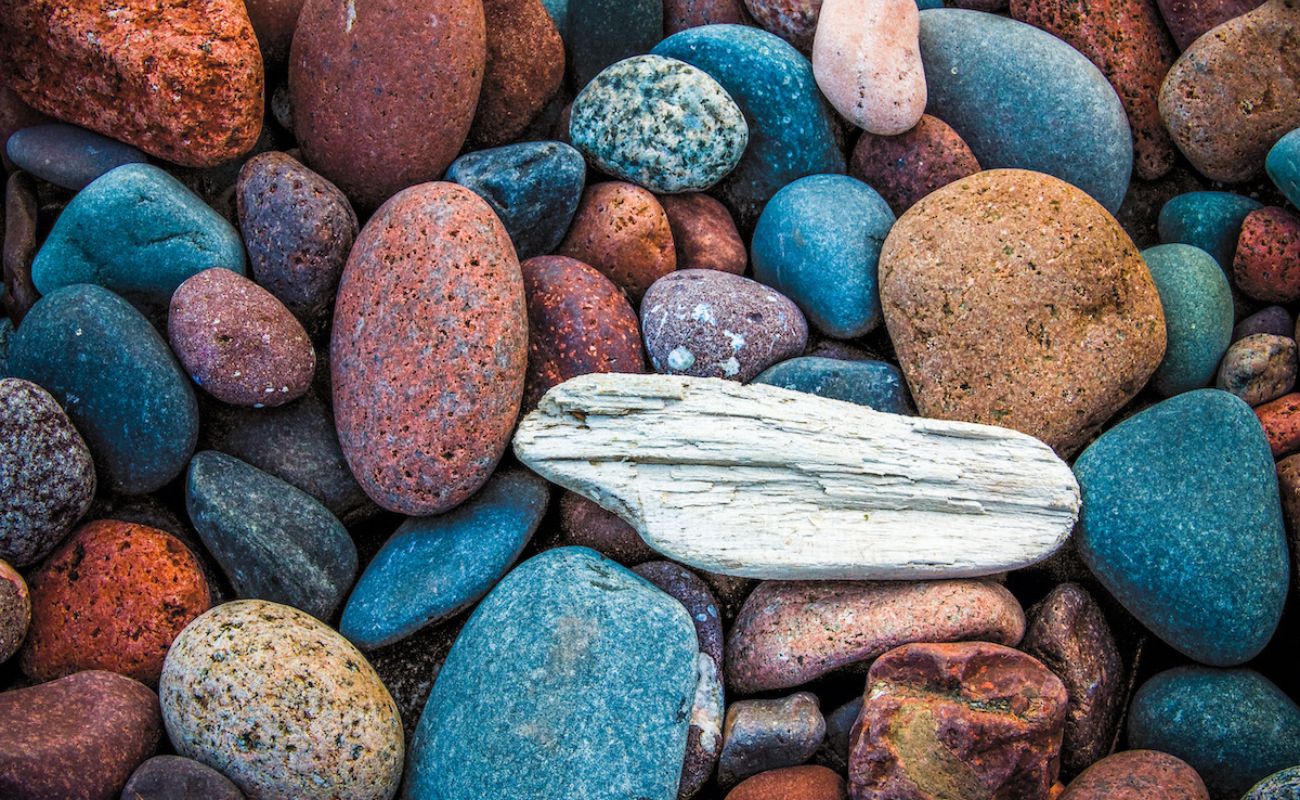

Garden Essentials
What Color Rocks For Landscaping
Modified: March 24, 2024
Find the perfect color rocks for your garden landscaping and elevate the beauty of your outdoor space with our expert tips and recommendations.
(Many of the links in this article redirect to a specific reviewed product. Your purchase of these products through affiliate links helps to generate commission for Storables.com, at no extra cost. Learn more)
Introduction
Gardening enthusiasts understand that landscaping plays a crucial role in transforming an outdoor space into a beautiful and inviting sanctuary. While plants and flowers bring life and vibrancy to a garden, incorporating rocks into the landscape design can add a unique touch and a sense of permanence. Choosing the right color for landscaping rocks is an important decision, as it can greatly impact the overall aesthetic and ambiance of the outdoor space.
When selecting a color for landscaping rocks, there are several factors to consider, such as the style and theme of your garden, the surrounding natural elements, and personal preferences. A strategic choice of rock color can create a harmonious and visually appealing environment. In this article, we will explore different color options for landscaping rocks, ranging from neutral tones to bold and vibrant hues, and discuss how to incorporate them into your garden design.
Key Takeaways:
- Choose landscaping rock colors based on your garden style, personal preferences, and climate. Neutral tones provide a timeless look, while warm colors add energy and cool colors create a serene atmosphere.
- Incorporate different rock colors to create a captivating garden design. Experiment with gradients, contrasts, accent pieces, and color blocks to add depth and visual interest to your outdoor space.
Read more: What Is The Best Rock For Landscaping
Factors to Consider when Choosing a Color for Landscaping Rocks
When it comes to selecting the color of landscaping rocks, there are several key factors to consider. By carefully evaluating these factors, you can choose a color that seamlessly blends with the overall landscape design and creates a harmonious environment.
1. Surrounding Elements: Take a look at the existing elements in your garden, such as the color of your house, fences, and other hardscape structures. You want to choose a rock color that complements these elements rather than clashes with them. Neutral colors like gray or beige can be a safe choice if you are unsure.
2. Garden Style and Theme: Consider the style and theme of your garden. If you have a traditional or formal garden, earthy tones like browns and rusts may be suitable. For a modern or contemporary garden, cooler tones like blues and grays can create a sleek and sophisticated look.
3. Personal Preferences: Ultimately, your personal preferences play a significant role in choosing the color of landscaping rocks. Think about the emotions and atmosphere you want to create in your garden. If you desire a serene and calm space, consider softer and more muted colors. If you want a bold and vibrant garden, opt for brighter and more saturated hues.
4. Climate and Sunlight: The climate and amount of sunlight your garden receives can also influence your choice of rock color. In hot and sunny climates, lighter colors can help reflect heat and keep the landscape cooler. In cooler climates, darker colors can absorb heat and help maintain warmth.
5. Longevity and Maintenance: Another factor to consider is the longevity and maintenance of the rock color. Some colors may fade or become discolored over time due to exposure to sunlight or weather conditions. Consider choosing colors that are known to be durable and require minimal maintenance.
By taking these factors into account, you can make an informed decision about the color of landscaping rocks that will best enhance the beauty of your outdoor space. Now, let’s explore some popular color options for landscaping rocks.
Neutral Color Options for Landscaping Rocks
Neutral-colored landscaping rocks are a versatile choice that can complement a variety of garden styles and themes. These colors typically blend well with the natural surroundings and provide a timeless and elegant look to your landscape design.
1. Gray: Gray rocks are a popular choice for landscaping due to their subtle and sophisticated appearance. They can create a serene and peaceful atmosphere in your garden and work well with both modern and traditional styles. Gray rocks also have the advantage of not showing dirt or stains easily, making them low-maintenance.
2. Beige: Beige rocks provide a warm and earthy tone to your outdoor space. They can blend seamlessly with natural elements such as sandy soil or stone pathways. Beige rocks are a great choice if you want to create a more rustic or desert-inspired landscape design.
3. Brown: Brown rocks mimic the look of natural soil, bringing an organic and earthy feel to your garden. They work well in gardens that aim for a natural or woodland theme. Brown rocks can also add depth and contrast when paired with vibrant green plants and foliage.
4. Tan: Tan rocks offer a softer and more subtle alternative to beige or brown. They can create a warm and inviting atmosphere in your garden while still maintaining a neutral tone. Tan rocks are particularly well-suited for gardens with a Mediterranean or coastal style.
When using neutral-colored landscaping rocks, you can combine different shades and sizes to add texture and dimension to your outdoor space. Additionally, consider using contrasting materials, like dark-colored mulch or brightly colored flowers, to create visual interest and make the neutral rocks stand out.
Remember, the goal with neutral-colored rocks is to create a harmonious and balanced landscape design. These colors serve as a backdrop, allowing the vibrant colors of your plants or other design elements to take center stage. Now, let’s move on to exploring warm-colored options for landscaping rocks.
Warm Color Options for Landscaping Rocks
Warm-colored landscaping rocks can bring a sense of energy and vibrancy to your outdoor space. These colors typically evoke feelings of warmth, vitality, and even romance. Incorporating warm-colored rocks into your landscape design can create a lively and inviting atmosphere.
1. Red: Red rocks can add a bold and dramatic touch to your garden. They create a striking contrast against green foliage and can be used as a focal point or accent in your landscaping. Red rocks are particularly popular in Southwestern-inspired or desert-themed gardens.
2. Orange: Orange rocks exude energy and enthusiasm. They can create a warm and inviting atmosphere, perfect for creating a lively outdoor space. When paired with green plants or vibrant flowers, orange rocks can create a stunning color combination that catches the eye.
3. Yellow: Yellow rocks bring a sunny and cheerful vibe to your garden. They can brighten up any space and create a sense of optimism. Yellow rocks work well in gardens that have a tropical or Mediterranean theme, and they can complement vibrant, yellow-flowering plants.
4. Gold: Gold-colored rocks add a touch of luxury and elegance to your landscape design. They have a warm and luminous quality that can create a sophisticated and glamorous ambiance. Gold rocks work well when used sparingly as accents or as part of a rock garden.
When using warm-colored rocks, it’s important to consider the overall color palette of your garden. Warm tones tend to blend well with earthy colors like browns and greens. They can also create a visually pleasing contrast when paired with cool-colored flowers or foliage.
Remember, balance is key when incorporating warm-colored rocks into your landscape design. Use them strategically to create focal points or to create a sense of rhythm and movement throughout your garden. Now, let’s explore cool color options for landscaping rocks.
When choosing rocks for landscaping, consider the overall color scheme of your outdoor space. Light-colored rocks can make a small area appear larger, while dark-colored rocks can add depth and contrast. It’s also important to consider the natural surroundings and the existing colors in your yard.
Cool Color Options for Landscaping Rocks
Cool-colored landscaping rocks can bring a sense of tranquility and serenity to your outdoor space. These colors are often associated with water, sky, and nature, creating a soothing and calming atmosphere in your garden.
1. Blue: Blue rocks can add a touch of serenity and calmness to your landscape design. They evoke the feeling of water and can create a sense of tranquility. Blue rocks work well in gardens with a coastal or Mediterranean theme, or when creating a water feature such as a pond or fountain.
2. Gray-Blue: Gray-blue rocks offer a more subtle and muted cool color option. They have a tranquil and soothing effect on your outdoor space. Gray-blue rocks work well in gardens that aim for a modern or minimalist style, providing a sleek and contemporary look.
3. Green: Green rocks can create a sense of lushness and harmony in your garden. They blend seamlessly with surrounding plants and foliage, creating a cohesive and natural look. Green rocks work well in gardens aiming for a tropical, woodland, or naturalistic theme.
4. Silver: Silver-colored rocks can add a touch of elegance and sophistication to your landscape design. They have a cool and shimmering quality that can enhance the overall aesthetic of your garden. Silver rocks are often used in contemporary or formal garden styles.
When incorporating cool-colored rocks into your landscape design, consider the overall mood and ambiance you want to create. Cool tones can be used to create a peaceful retreat or an oasis-like environment. They can also be paired with cool-colored flowers or foliage to create a harmonious and calming effect.
Remember, the key is to create a sense of balance with cool-colored rocks. Don’t overpower your garden with too many intense cool tones. Instead, use them strategically as accents or in combination with neutral or warm colors to create a visually appealing and peaceful landscape. Now, let’s move on to exploring bold and vibrant color options for landscaping rocks.
Read more: What Size Rock Is Best For Landscaping?
Bold and Vibrant Color Options for Landscaping Rocks
If you’re looking to make a statement in your garden, incorporating bold and vibrant-colored rocks can add a pop of excitement and visual interest. These colors bring energy and liveliness to your outdoor space, creating a focal point or a bold accent within your landscape design.
1. Pink: Pink rocks can add a touch of femininity and charm to your garden. They create a soft and romantic atmosphere, perfect for a cottage-style garden or a space that celebrates delicate beauty. Pink rocks work well when paired with flowers in complementary shades or as part of a rock garden.
2. Purple: Purple rocks exude a sense of luxury and mystery. They can create a dramatic and enchanting look in your garden. Purple rocks work well in gardens aiming for a mystical or magical theme. They can also be combined with green foliage for a striking color contrast.
3. Red-Orange: Red-orange rocks bring a fiery and passionate vibe to your outdoor space. They create a sense of excitement and energy. Red-orange rocks work well as accents or focal points in gardens aiming for a bold and vibrant look. Pair them with flowers in warm-toned hues to create a visually stunning display.
4. Multicolored: Multicolored rocks, also known as rainbow rocks, offer a kaleidoscope of vibrant colors. They can add a playful and whimsical touch to your garden design. Multicolored rocks work well in gardens that embrace a vibrant and eclectic style. They can be used as pathways, borders, or placed in rock gardens for a vibrant burst of color.
When working with bold and vibrant-colored rocks, it’s important to consider the overall design concept of your garden. These colors can be used as focal points or accents to create visual interest. They can also be paired with more subdued colors to create a balanced and harmonious look.
Remember, moderation is key when using bold and vibrant-colored rocks. Used in excess, they can overwhelm the space and create a chaotic look. Use them strategically and sparingly to create impact and draw attention to specific areas of your garden. Now, let’s explore how to incorporate different colors for a multi-dimensional landscape design.
Incorporating Different Colors for a Multi-dimensional Landscape Design
Creating a multi-dimensional landscape design involves incorporating different colors of landscaping rocks to add depth, visual interest, and a dynamic aesthetic to your outdoor space. By combining various colors, you can create a captivating and multi-faceted garden design. Here’s how you can achieve this:
1. Color Gradients: One way to incorporate different colors is by creating a gradient or a transition of colors within your garden. Start with one color of rocks and gradually blend it into another color. For example, you can start with gray rocks near the house, transition to tan in the middle, and finish with beige rocks at the edge of the garden. This creates a smooth and cohesive flow of colors throughout the landscape.
2. Color Contrasts: Another approach is to create striking color contrasts. Pairing rocks of different colors that are complementary or opposite on the color wheel can create a visually stunning effect. For instance, you can combine red rocks with green plants for a vibrant and eye-catching contrast. The key is to select colors that create a harmonious and balanced look.
3. Accent Pieces: Incorporating rocks of a different color as accent pieces can add a focal point or draw attention to a specific area of your garden. For example, you can use a grouping of bold-colored rocks as a centerpiece in a rock garden or place them strategically along a pathway to create visual interest and guide the eye.
4. Color Blocks: Creating color blocks involves using rocks of the same color in a specific area to make a bold statement. This technique can be especially effective with vibrant or bold-colored rocks. For example, you can create a designated area with purple rocks surrounded by green plants for a captivating contrast that instantly grabs attention.
When incorporating different colors into your landscape design, consider the overall theme and style of your garden. Ensure that the colors harmonize with other elements such as plants, hardscapes, and structures. Achieving a cohesive and unified look is essential for a well-designed multi-dimensional landscape.
Remember, experimentation is key in creating a multi-dimensional landscape design with different colors of rocks. Play around with different combinations and arrangements to find the ones that best suit your taste and reflect your desired aesthetic. Now, let’s conclude our exploration of color options for landscaping rocks.
Conclusion
Choosing the right color for landscaping rocks is a crucial decision that can greatly impact the overall aesthetic and ambiance of your outdoor space. By considering factors such as the surrounding elements, garden style, personal preferences, climate, and maintenance, you can make an informed choice that harmonizes with your landscape design.
Neutral colors like gray, beige, brown, and tan provide a versatile and timeless option that complements a variety of garden styles. Warm colors such as red, orange, yellow, and gold bring energy and vibrancy to your garden, while cool colors like blue, gray-blue, green, and silver create a sense of tranquility and serenity. For those seeking to make a statement, bold and vibrant colors like pink, purple, red-orange, and multicolored rocks can add excitement and visual interest.
Incorporating different colors of landscaping rocks allows you to create a multi-dimensional landscape design. By using techniques such as color gradients, contrasts, accent pieces, and color blocks, you can add depth and visual intrigue to your garden. Finding the right balance and harmonization of colors is key to achieving a cohesive and captivating design.
Remember, landscaping rocks are not only aesthetically pleasing but also functional. They can serve as pathways, borders, ground cover, or focal points in your garden. Additionally, they can help with erosion control and water conservation. Whether you choose neutral tones for a serene atmosphere or bold colors for a lively space, landscaping rocks can enhance the beauty and uniqueness of your outdoor sanctuary.
So, take your time, consider the factors mentioned, and select the colors of landscaping rocks that best reflect your personal style and the vision you have for your garden. With the right color choices, your landscape design will come to life, creating a beautiful and inviting environment that you can enjoy for years to come.
Frequently Asked Questions about What Color Rocks For Landscaping
Was this page helpful?
At Storables.com, we guarantee accurate and reliable information. Our content, validated by Expert Board Contributors, is crafted following stringent Editorial Policies. We're committed to providing you with well-researched, expert-backed insights for all your informational needs.
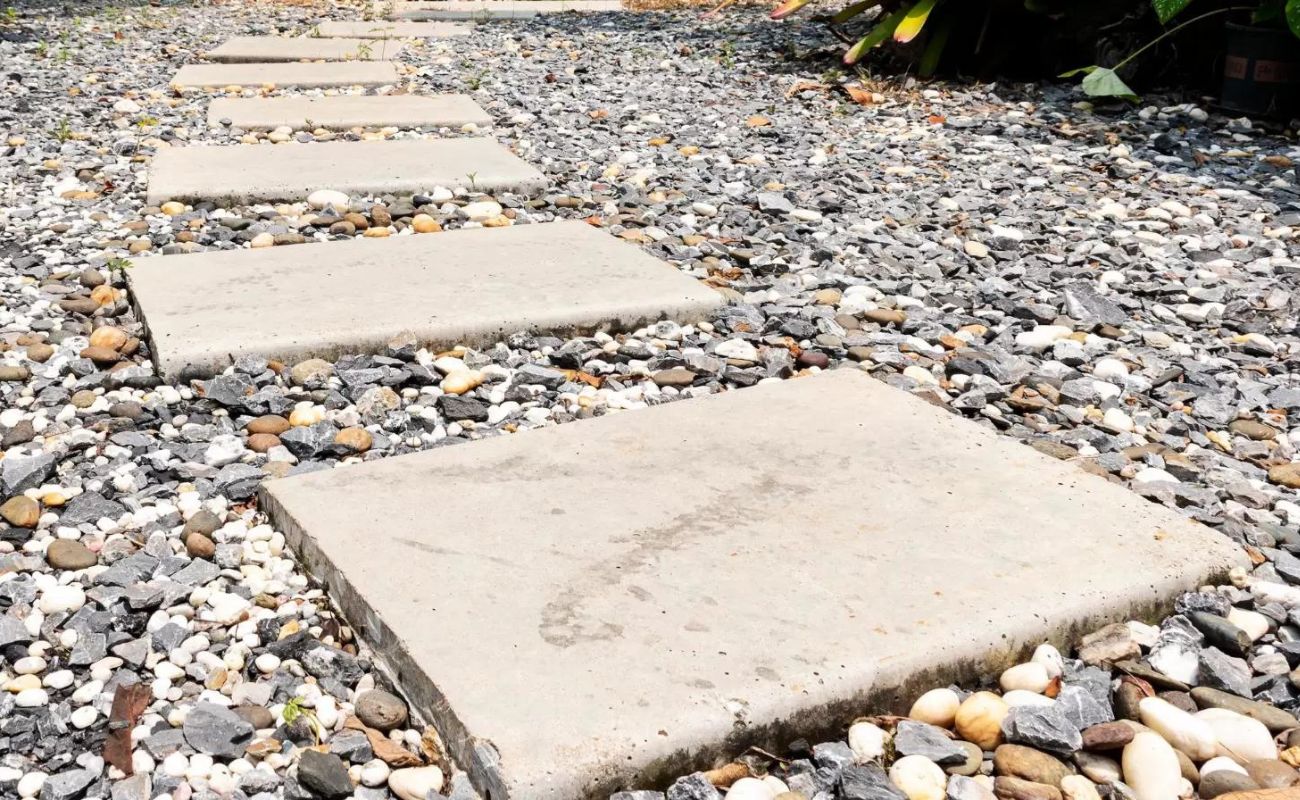
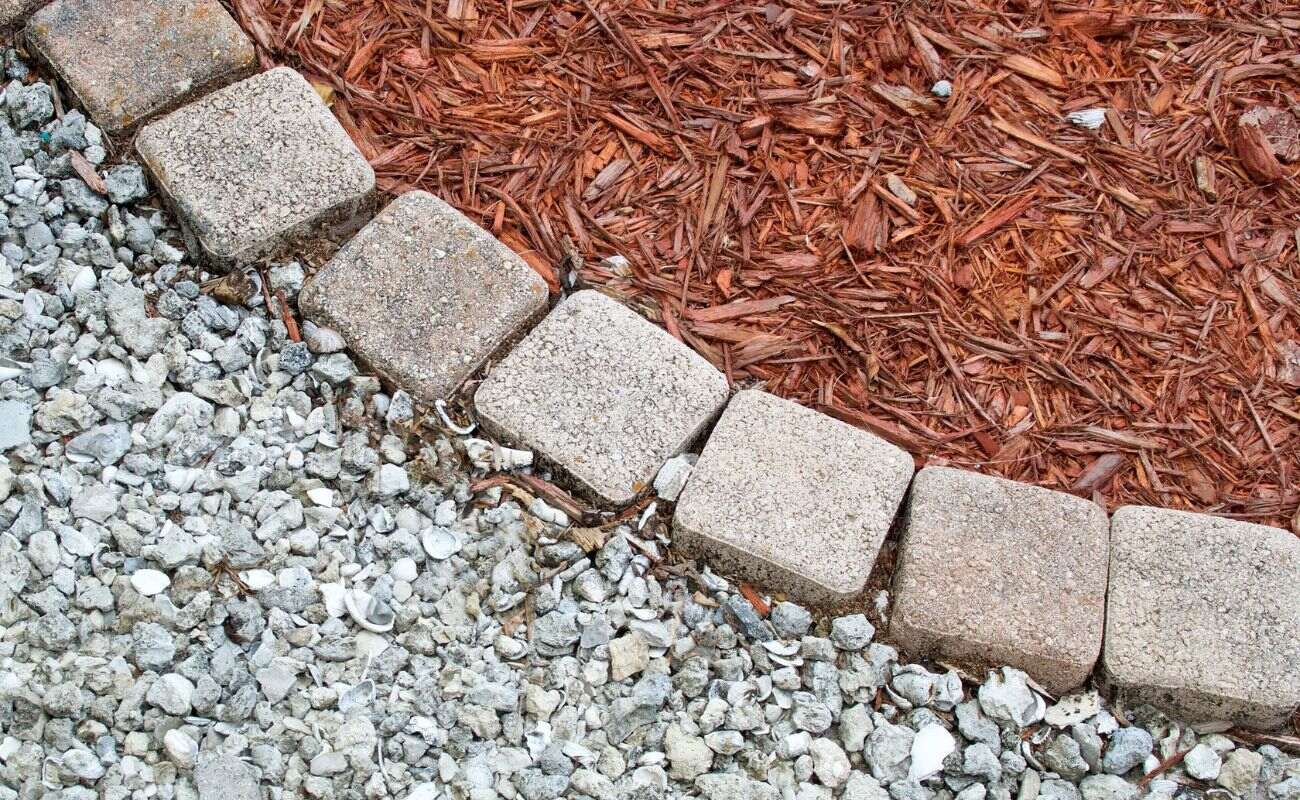

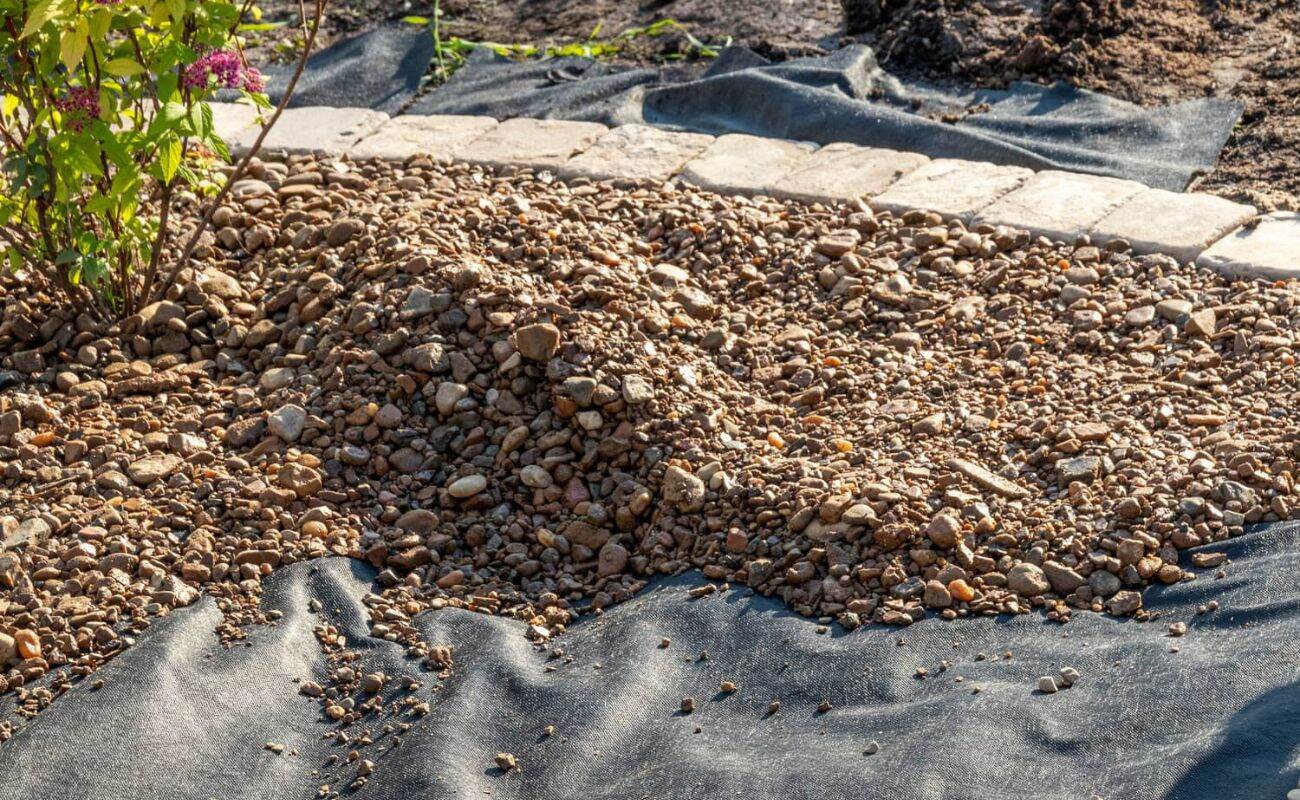
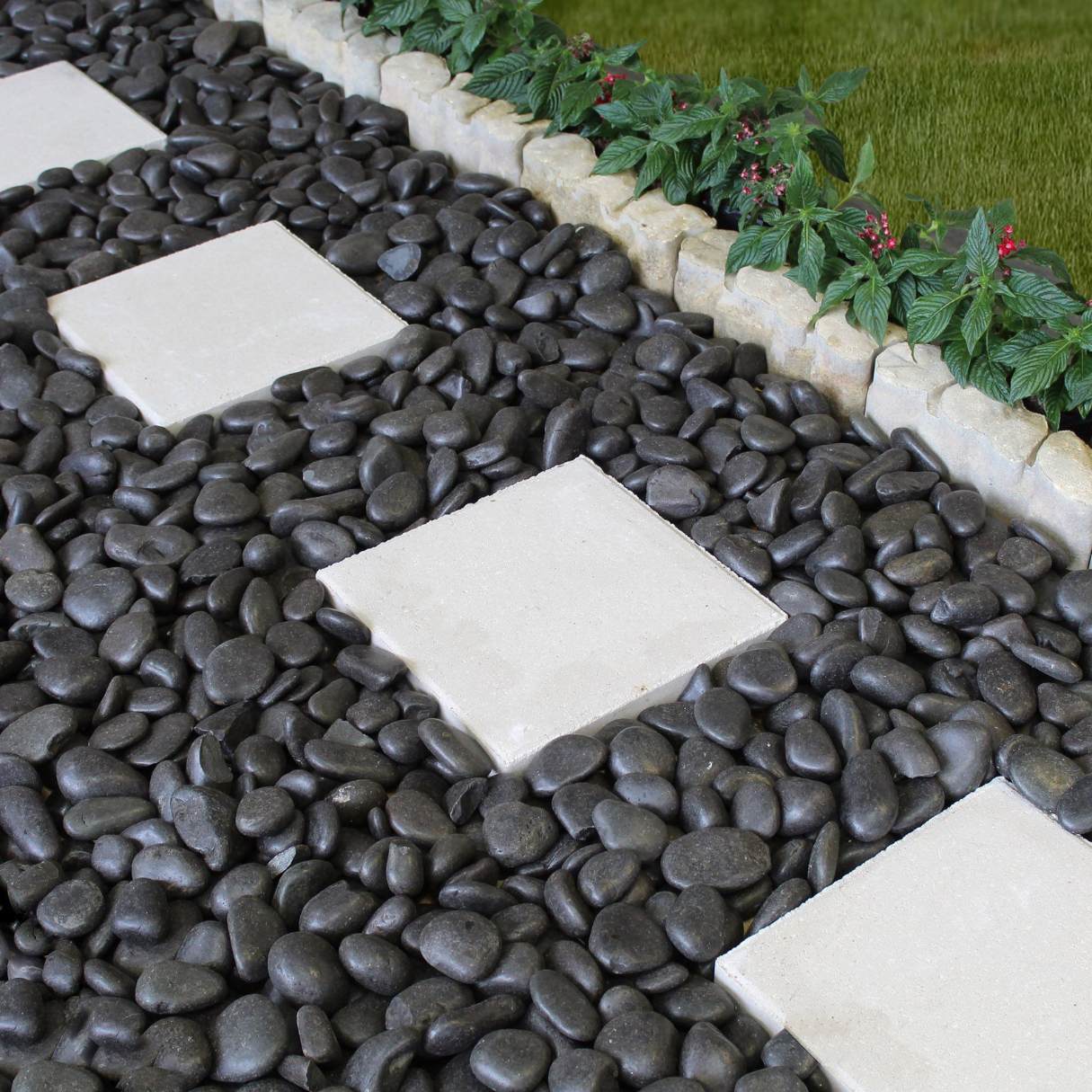
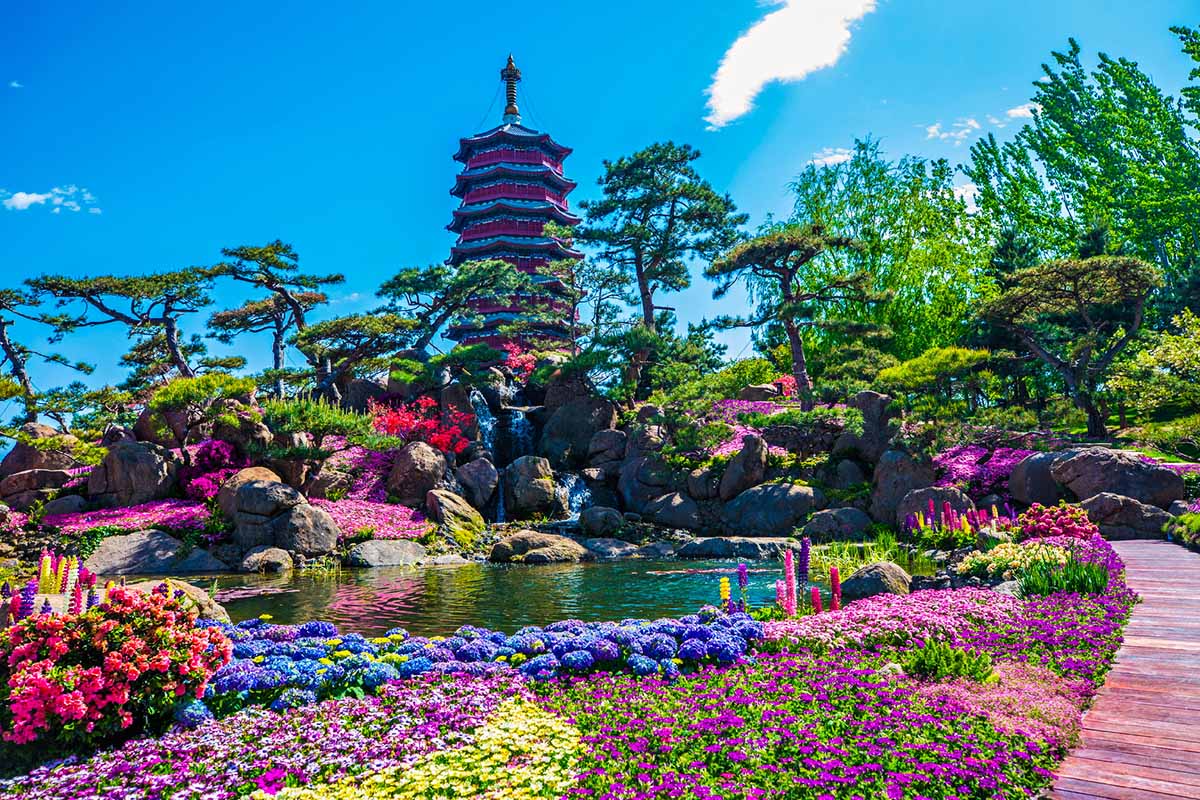
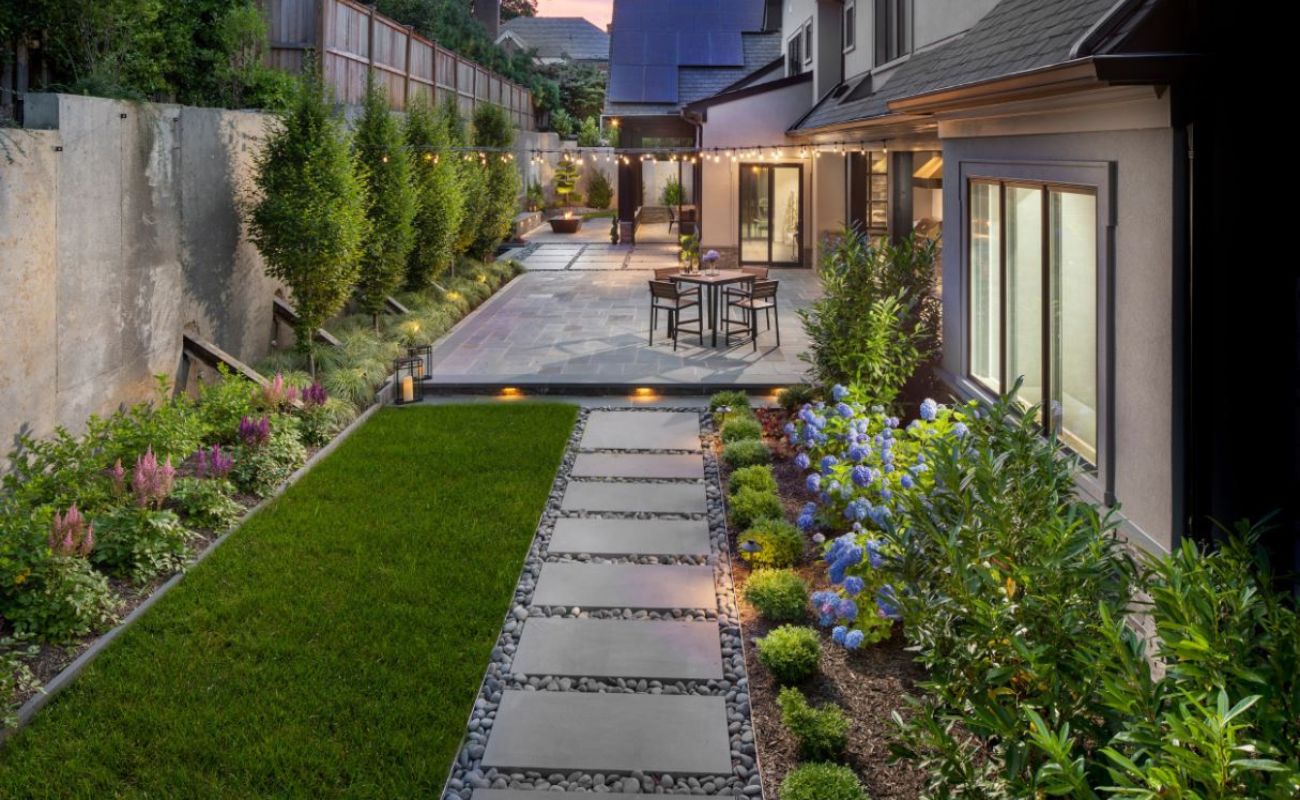
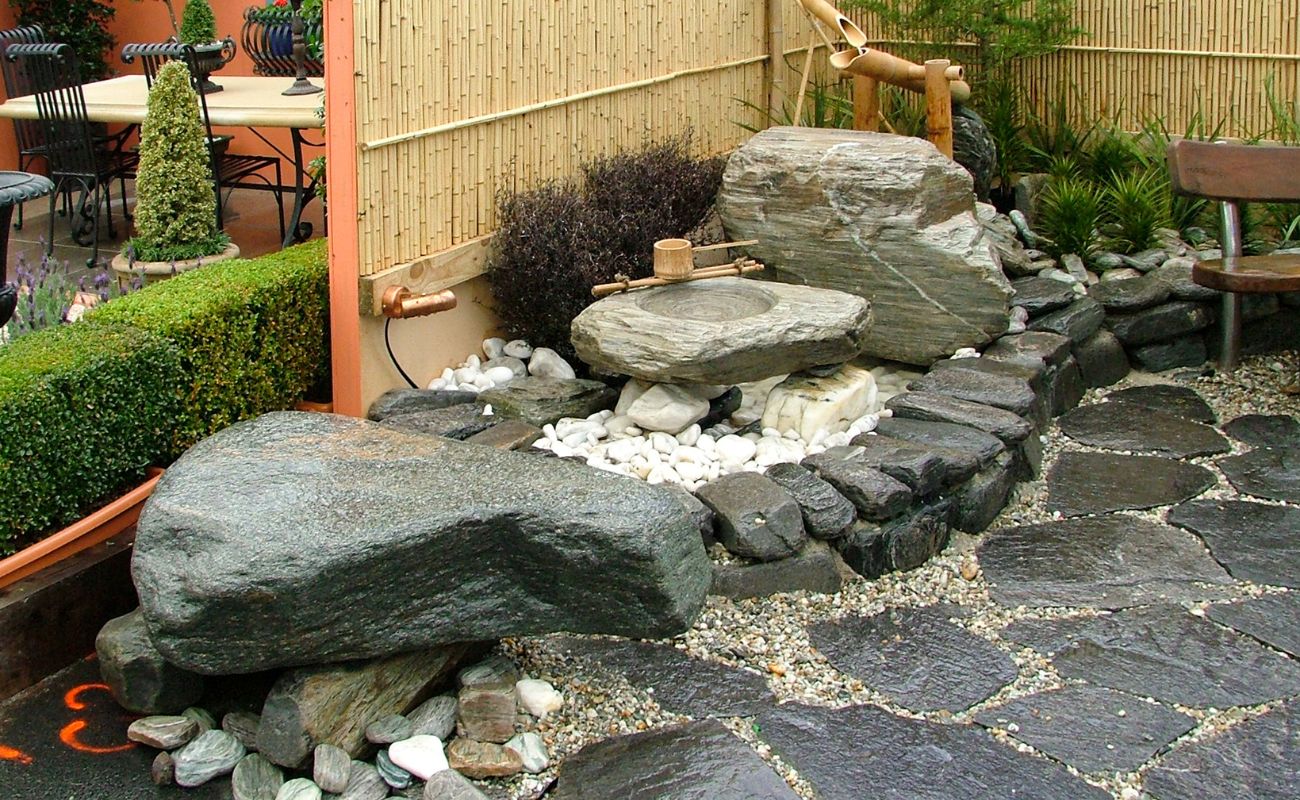
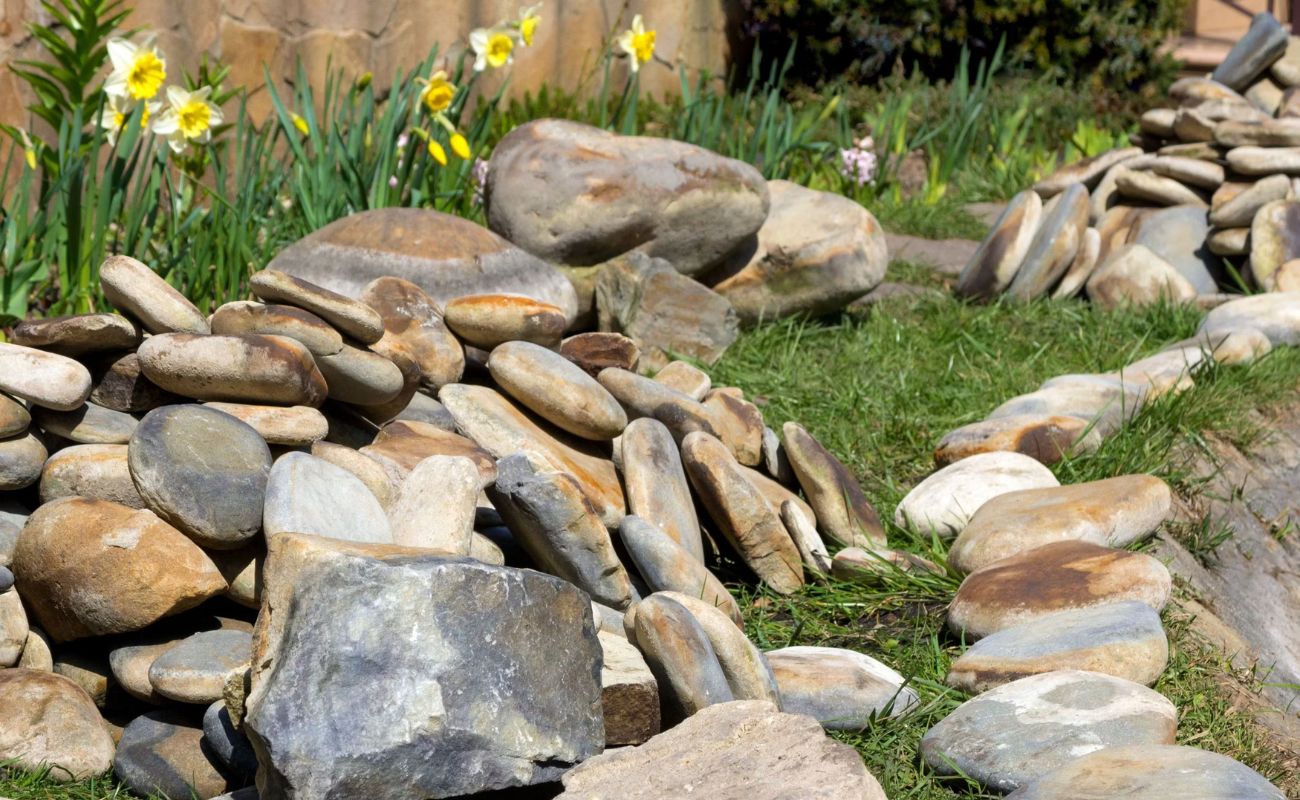
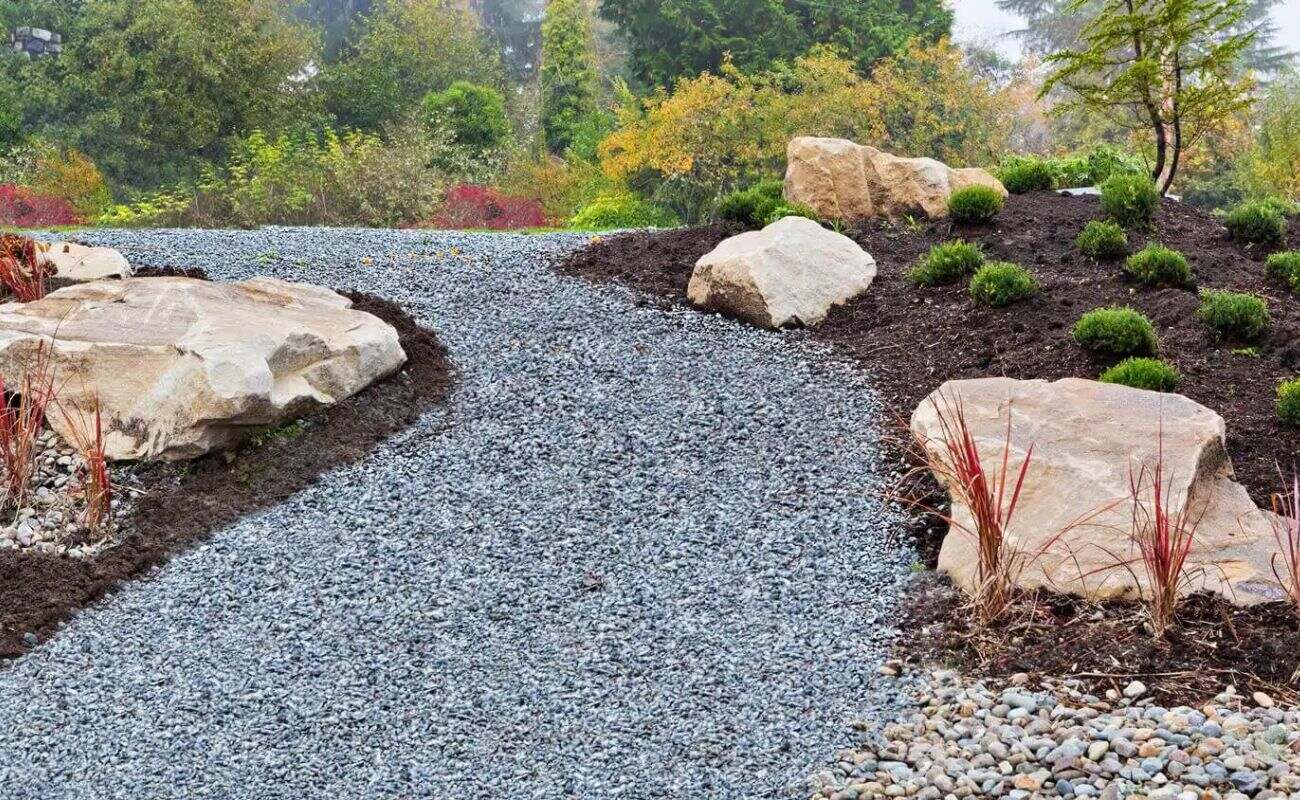

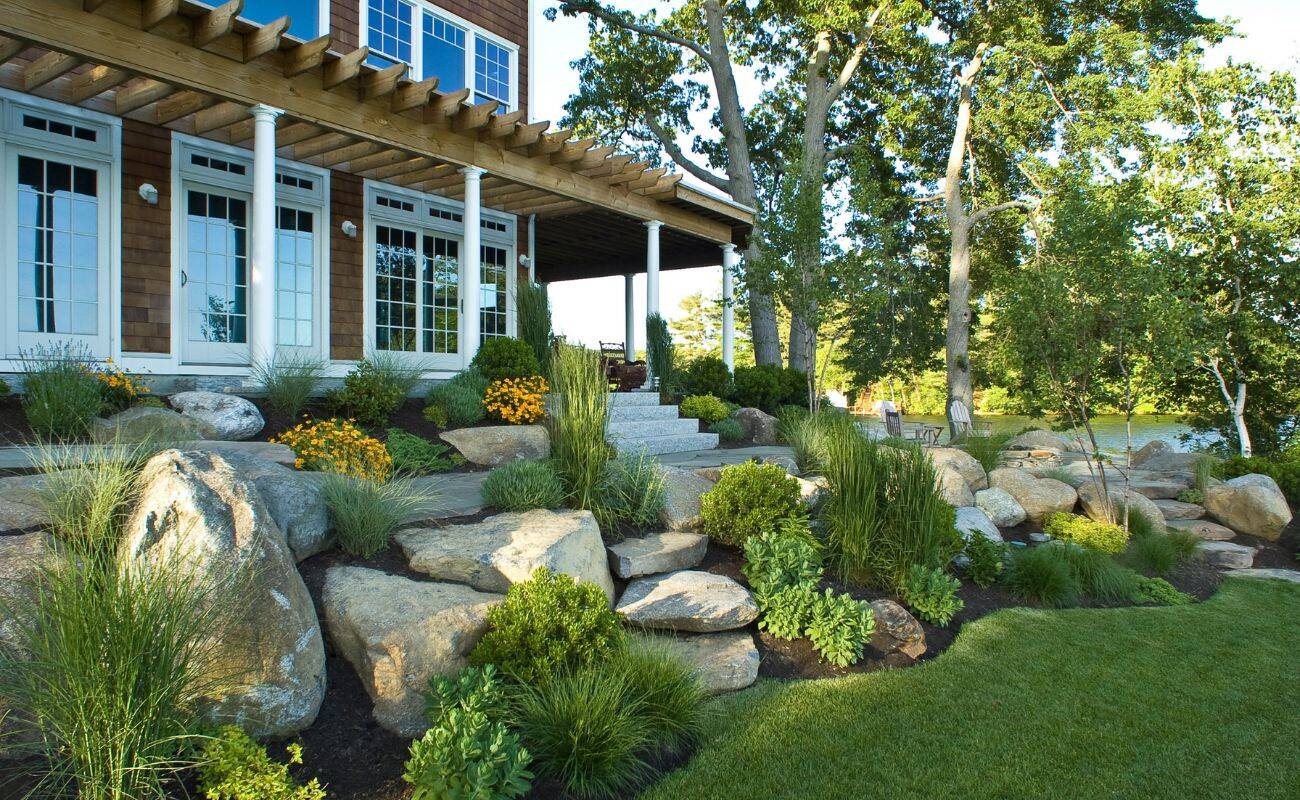
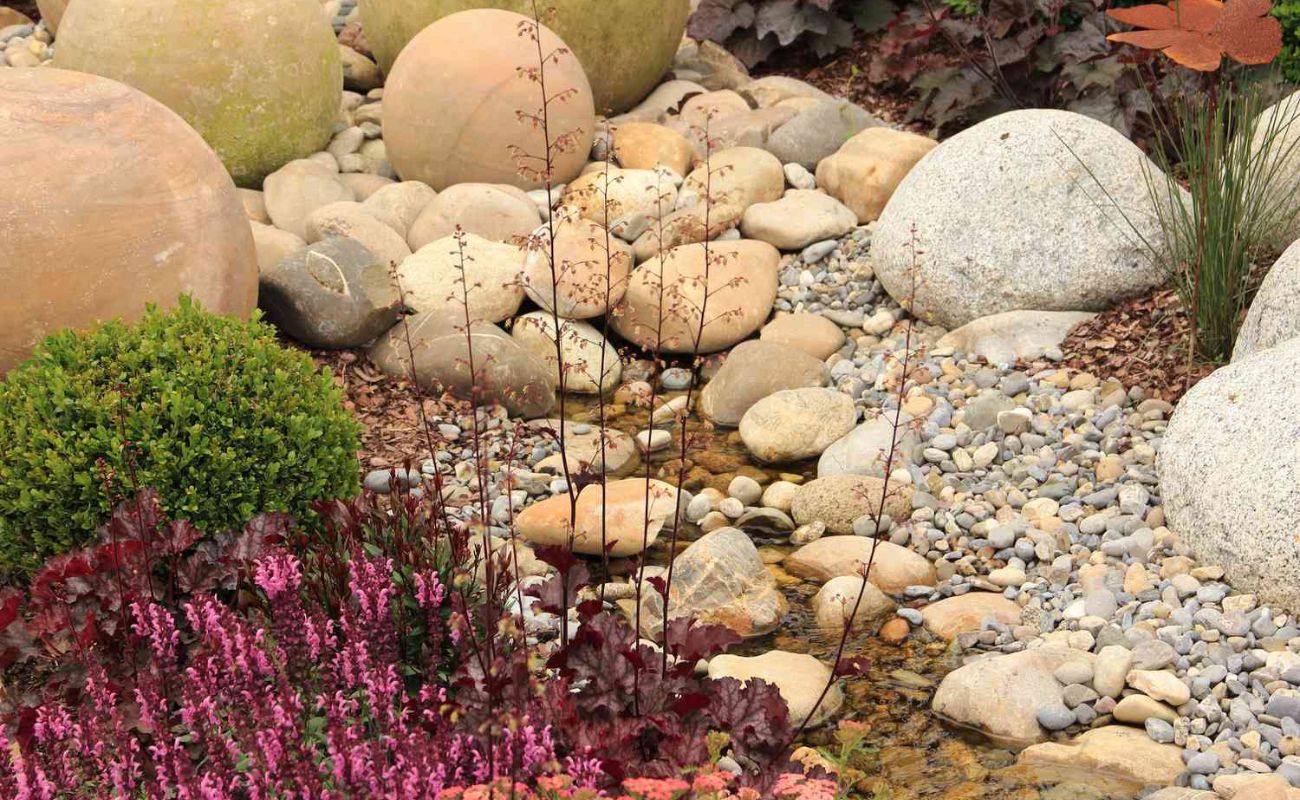
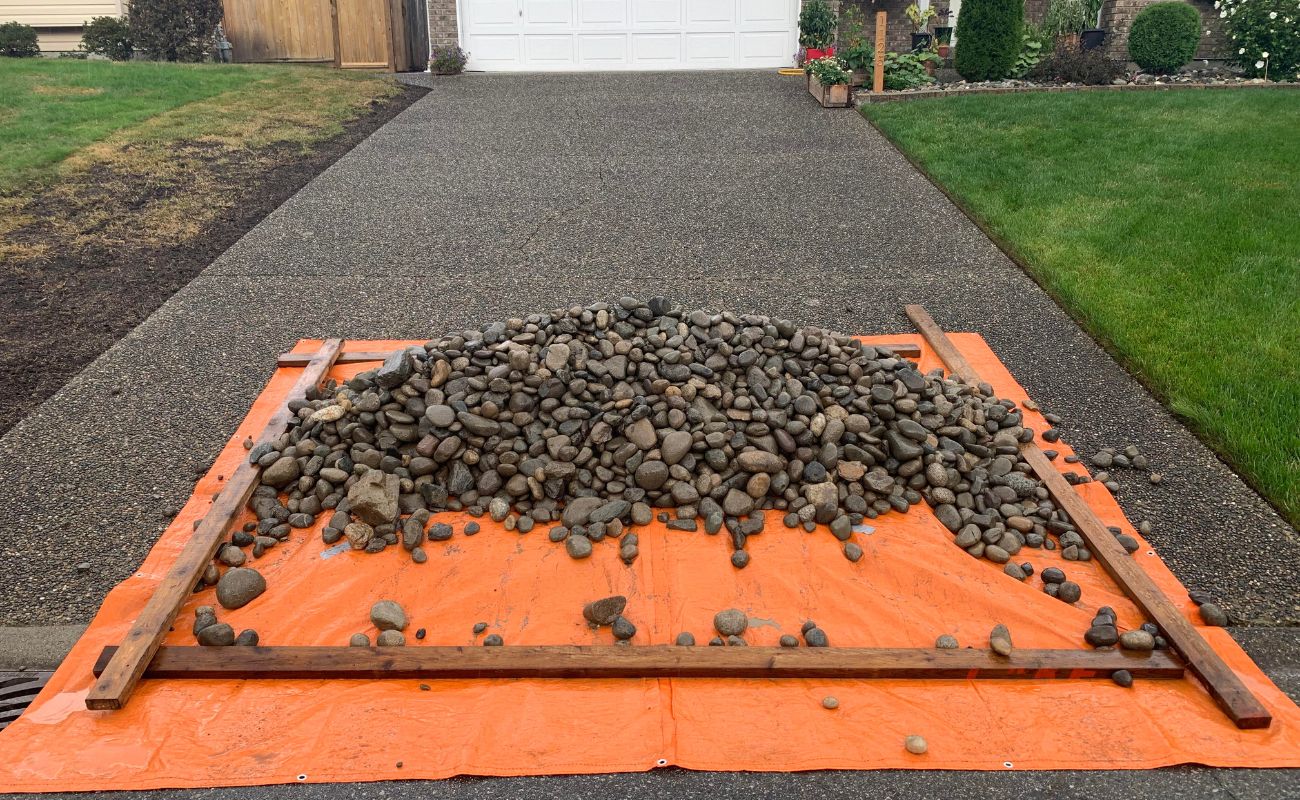

0 thoughts on “What Color Rocks For Landscaping”